Alaskan roads are different. Frost blankets everything, and unexpected drops and dips pockmark highways across the state. The pickup, a benevolent upgrade from the rental company, had instilled a false sense of confidence: Taking one of these roads too fast can send you lurching in your seat, white-knuckling the steering wheel like a cowboy strapped to a bronco. During this particular trip, gobs of rain pelted the windshield, as if they were trying to send a message: Pull over. Wait this one out. I heeded the message and stopped at a brewery to wait out the storm.
The brewery turned out to be a kitschy shrine to the life of Chris McCandless, a young American who hitchhiked across the country in the early ’90s and whose adventures Jon Krakauer chronicled in his book, Into the Wild. The brewery purchased a replica of his now-immortalized deathbed, a rusted-out blue and white school bus, and anchored it in its parking lot.
McCandless embodied the spirit of digital nomads before the idea was trendy—a well-to-do university grad inspired by the adventures of Mark Twain and Henry David Thoreau. He grew up in a wealthy family in California and, later, outside Washington, D.C.. He studied history and anthropology at Emory but turned down a Phi Beta Kappa scholarship because, as Krakauer writes, “titles and honors were of no importance.” He graduated, donated his savings to the Oxford Famine Relief Fund and disappeared in his “decrepit yellow Datsun,” headed west without telling a soul. He took on the sobriquet Alexander Supertramp.
Something about this wayward kid thumbing across the wilderness still resonates with folks. Krakauer’s book became a movie in 2007, and there’s now an association dedicated to preserving his memory—Friends of Bus 142—whose supporters share pilgrimage photos showing them taking his same journey into the Alaskan wilderness. People even blog about how McCandless’ vagabond life has inspired them.
Cropped out of the frame is an unromantic reality: McCandless went into the Alaskan bush in the summertime and starved to death. A local he spoke with before setting out on the hike warned him about the dangers, but his wisdom went ignored. After being in the wilderness for a few months, McCandless tried to recross the Teklanika River, but it was bloated and impassable. His supplies dwindled, and he grew progressively weaker.
“Rained in. River look impossible. Lonely, Scared,” his diary reads. “Terminal Man. Fasted,” he wrote five days later. And later: “Day 100! Made it! But in the weakest condition of life. Death looms as serious threat. Too weak to walk out, have literally become trapped in the wild – no game.”
McCandless wasn’t the first person pulled to the freedom and wildness of this place. Alaska—the Last Frontier—is a story of fatal dreamers, of vagabonds, criminals, and explorers searching for opportunity.
“The frontier has gone,” historian Frederick Jackson Turner famously warned in 1893, about how the pioneering spirit that had molded the American character was rapidly fading. Where earlier generations found promise in the steady expansion of the republic toward the Pacific—over the Appalachians, across the Louisiana Purchase, and finally in California—by the end of the century, young Americans were itching for their own stake of uncharted territory..
The call of the Great White North sounded in 1896, when ships docked in San Francisco and Seattle brought news of a gold strike in the Yukon. Roughly 100,000 dropped what they were doing—clerks, salesmen, even the mayor of Seattle resigned—all in search of those yellow particles. The hordes were so unprepared that Canadian authorities insisted prospectors carry a year’s worth of supplies to prevent starvation.
Americans landed at Alaskan beachheads like Dyea and Skagway, lonely and muddy outposts in the shadow of the Coast Mountains. Penetrating the continental interior required treacherous hikes like the Chilkoot Pass, where provisions were hauled up 45-degree icy steps. After hiking dozens of miles inland, many stampeders built boats bound for Dawson City, tucked just inside the Yukon across the Alaska-Canada border.
Others ventured by steamers past abandoned Russian settlements, where the mighty Yukon River spills out of Alaska into the Bering Sea. One outfitter along this route set outside his store “bottles of quicksilver, whiskey, kerosene, and Perry Davis Painkiller,” one historian wrote, “which froze in ascending order,” to inform travelers of the temperature.
Perhaps a third successfully made the torturous journey. But even those lucky few mostly arrived too late. The famous creeks—Bonanza and Eldorado, Hunker and Dominion—were all staked. And many who scratched out the precious ore quickly burned their fortunes on drinks, gambling, and prostitutes. When word spread of another discovery in Nome, Alaska, Dawson became another deserted boomtown, a map dot of humanity’s exuberance.
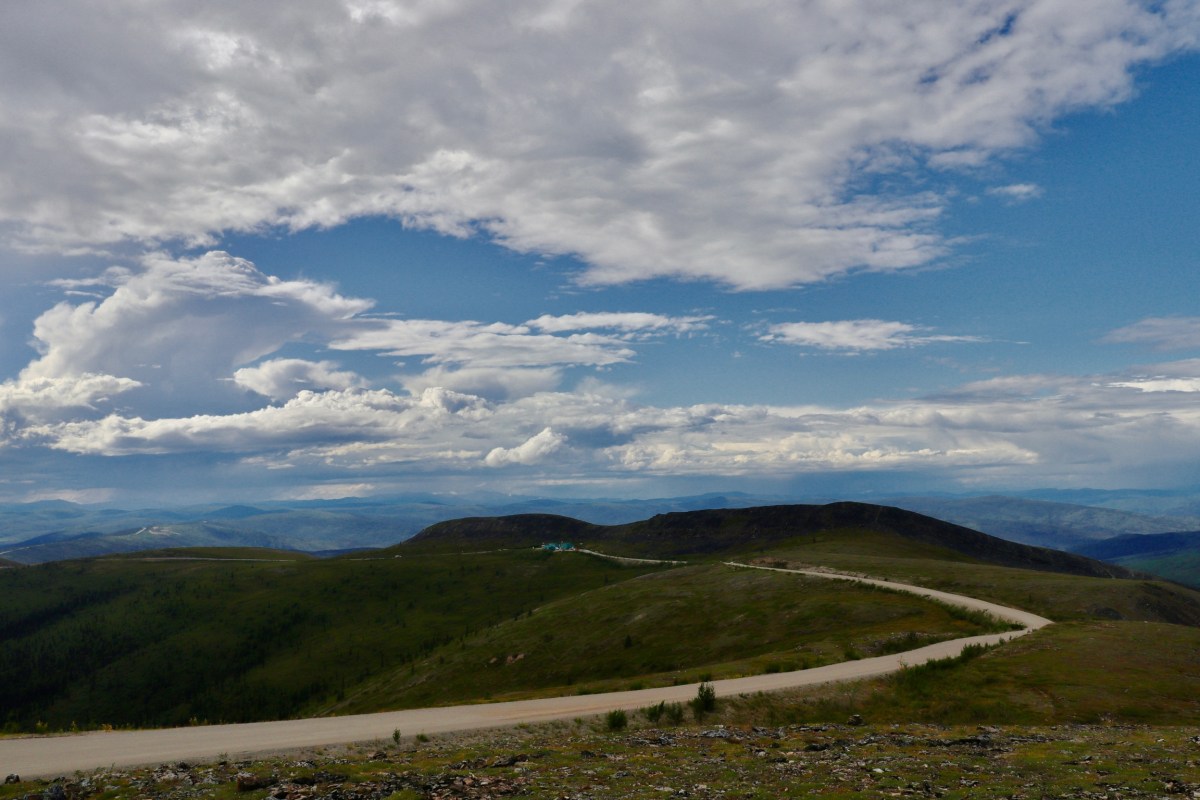
Inside the McCandless-inspired brewery, Gordon, my barstool neighbor, is headed north to Fairbanks with his family. He’s lanky, a pasty 70-something with glasses who tells of how his dad enjoyed “working underground” in Nevada before fleeing to Alaska to escape creditors decades ago.
I make the mistake of deadnaming America’s tallest mountain, and Gordon corrects me (“McKinley!”) as a lady beside us coos when the waiter brings out a dish of king crab. “And now for the main event!” the server says as he unfolds the tray stand and ignites a flame to heat a bowl of butter.
What a bizarre spectacle we humans are, simultaneously seeking out these far-flung spots just to scarf expensive seafood as mounted flat screens roll looping footage of big Alaskan game. More tragically, what an odd resting place for McCandless’ spirit, who viewed his walk into the bush as some Timothy Leary-esque “final and greatest adventure.”
“The climactic battle to kill the false being within and victoriously conclude the spiritual revolution,” he wrote in all caps after stumbling upon the bus in the bush. “Ten days and nights of freight trains and hitchhiking bring him to the great white north. No longer to be poisoned by civilization he flees, and walks alone upon the land to become lost in the wild.”
You can now buy a picture of that bus on a sweater in the gift shop for $70 and play cornhole and darts beside the replica. A folding chair is stationed nearby for patrons eager to recreate McCandless’ famous pose in front of the automotive husk.
Nature has a terrible way of weeding out the crafty survivors from the fantastical wannabes, and we seem desperate to touch—to be close to—some part of these harrowing stories, real and imaginary.
Into the Wild was part of a string of 2000s entertainment that fed these cravings: 127 Hours, Castaway, Lost. Grizzly Man, a Werner Herzog documentary, followed a similarly forlorn figure—Timothy Treadwell—who had the idea of befriending grizzlies in Alaska’s Katmai National Park before they ate him and his girlfriend alive.
Strangely enough, I sort of understand Treadwell’s impulse.
Driving to our Denali campsite, I passed three of these beasts, a mother and her two cubs, crossing the twisting gravel road during a rainstorm. I was pleased to be encased in our steel pickup with heated seats and a full tank of gas when they strutted past us, but another part of me thought it was worth rolling down the windows, maybe even stepping out of the car and living ancestrally for a moment, existing on a shared level with these animals unencumbered by a zoo enclosure.
But I didn’t. McCandless’ story was fresh in my mind after leaving the brewery. Better to enjoy the wildlife from a distance than be one of those stories park rangers freak tourons—that is, tourists who are morons—with.
We drove on, letting the bears disappear around the bend and into the rolling tundra of swaying “drunken” spruce which, like Alaskan roads, are another victim of the harsh permafrosted landscape. We continued to our site along the Teklanika, the same river that blocked McCandless’ escape, and set up camp.
The next day was blue skies and sun, a rarity so far north. We took a green-colored school bus, operated by Denali National Park, down the dirt road and hopped off with a couple from Arizona. The great snowy peak in the distance dwarfed all. A California couple who drove up to Alaska in their RV pedaled by on their mountain bikes and claimed we were part of a small tribe—“the 3 percent!”—who saw McKinley unobstructed without clouds.
I felt the high of joining such a distinguished club for a few hours until a park pamphlet later corrected the figure to a third of people. Still pretty good. But not Ivy League exclusivity.
We got to Dawson by the northernmost border Canada shares with the United States, at Poker Creek–Little Gold Creek. The nearest town is Chicken, Alaska, with a population of about seven. Operational throughout the summer months, the border is the gateway to the Top of the World Highway, a winding, nearly 100-mile road trip.
The checkpoint is built into a hilltop, a lone outpost in a forbidding tundra where a herd of 350,000 caribou once roamed. We crossed the invisible threshold between Alaska and Yukon and instantly lost an hour. A mustachioed patrolman with the Canadian Border Services Agency walked out of a green building to greet us.
“It’s the best-kept secret in the agency,” he said when asked what brought him here. “It’s the edge of the world.”
It's a ridiculously quiet posting, and he seemed to enjoy the human encounter, giving us some insider tips for the journey ahead. Although it was mostly gravel roads, we could “bomb” it, he insisted, and be just fine, though he cautioned us to observe the speed limits around bends. “They’re there for a reason.”
His final advice: “Try the Sourtoe cocktail,” to which he added an abbreviated history lesson that went something along these lines: Rum runner loses toe to frostbite, friend preserves it in alcohol, severed appendage discovered years later, rite of passage to take shot with amputated toe.
It sounded fake. I thanked the wildling manning the Ice Wall and drove away along the spines of mountain ridgebacks, which eventually deposited us on the banks of the Yukon River, a short ferry ride from Dawson City. The hotel I checked into after getting off the boat, I soon learned, happened to contain the very same establishment where the toe tradition takes place each night.
The receptionist, a Pakistani guy who recently arrived from Winnipeg, told us that an earlier toe had been swallowed, but that the ritual still occurred daily: Apparently, several donors have stepped up. I got a quick dinner at a surprisingly good plant-based restaurant in a town of barely more than 2,000 people and decided to take the border guard up on his recommendation.
I walked through the swinging saloon doors, told the waitress my intentions, and waited for the wrinkly guy dressed as an old sailor to call my name. The captain filled out his detailed ledger with my biographical details, warned that consuming the toe would run me $2,500—a cost I didn’t think my editor would sign off on—and then read me a simple disclaimer.
“You can drink it fast, you can drink it slow, but your lips must touch the toe,” he said. He pincered the blackened toe with a set of barbecue tongs, swirled his hand in a small circle before my face to make sure I understood the gravity of the matter, and then dropped the toe into my glass of Yukon Jack.
The liquor went down smooth, strained by the toe and whatever it was preserved in. But the poor man’s digit was stuck to the bottom of the glass. I had to shake it loose before it dislodged and gently kissed my lips. I shuddered.
I got a quick fistbump from the captain, but further questions about the location of the secret toe stash or how long he’d been doing it were mostly dodged. Maybe I should’ve thrown something in his tip jar and he’d have been nicer, but after spending $19 for a toe shot, I wasn’t feeling overly generous. He handed me the certificate bearing his signature and my misspelled last name—“Bluff”—and walked out of the bar.
It rained hard that night, slapping the dusty town and its wooden sidewalks. People scurried for shelter among the mud puddles.
There’s no stampede in Dawson today, but some of that wandering spirit seems to remain. A guy from the United Kingdom moved here after Brexit and set up the aforementioned plant-based restaurant a few blocks from Jack London’s log cabin. The hotel receptionist appeared to be the lone Pakistani who moved first to Winnipeg and then Dawson, because he was looking for refuge from city life—and he found it at the end of the world.
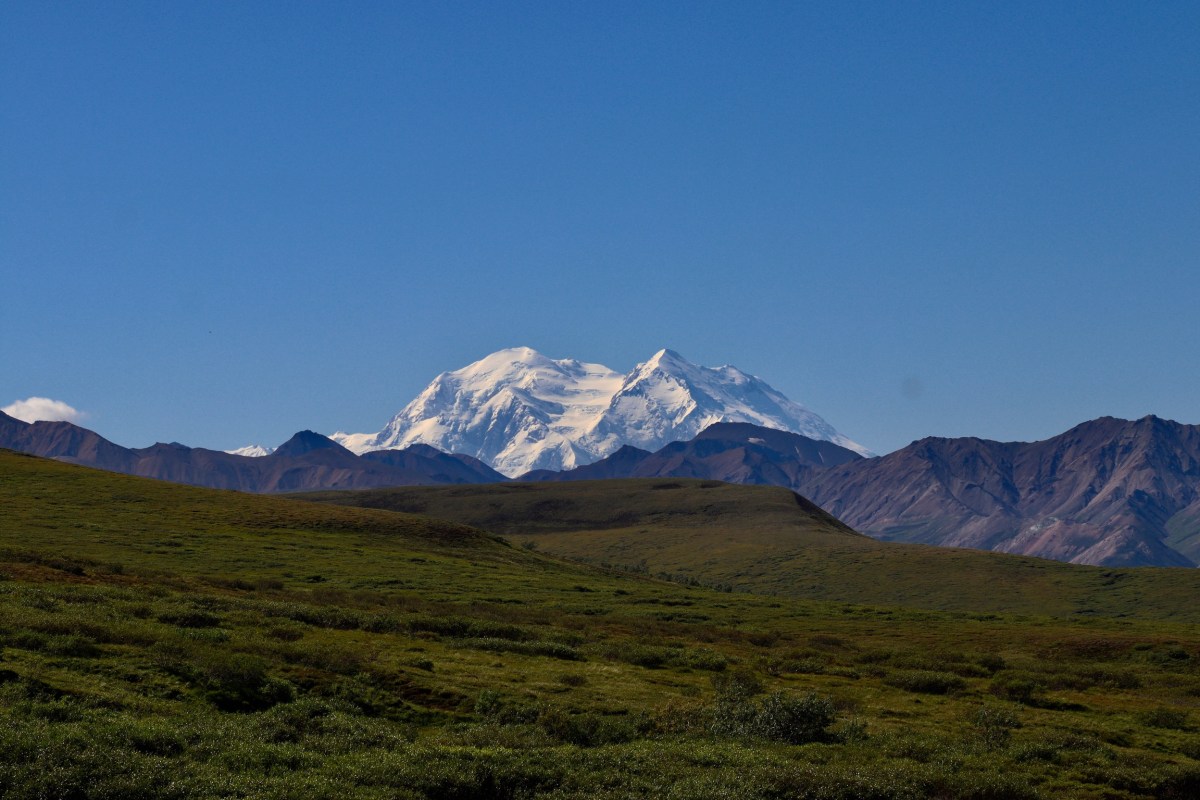
People across the world are still pulled, magnetized, to these poles of human existence. There’s an ember of Hobbesian autonomy that glows here, outside the long reach of bureaucracies and 5G networks. In the wintertime, the bellhop told us, the community needs to come together for mutual survival: It’s them against the forces of nature. Or, perhaps, the community in humble symbiosis with nature. That’s how McCandless probably saw himself. People inspired by the earth—and the earth pleased by its people.
This romanticism seems like it might dry up soon. A guy in the hotel lobby who worked for a local telecom told us he was being airlifted the following day by helicopter into the Tombstone Mountains, a couple hours north, to extend service. When that happens, maybe people will scatter once more, like they did from Dawson to Nome, to find that unblemished virgin space.
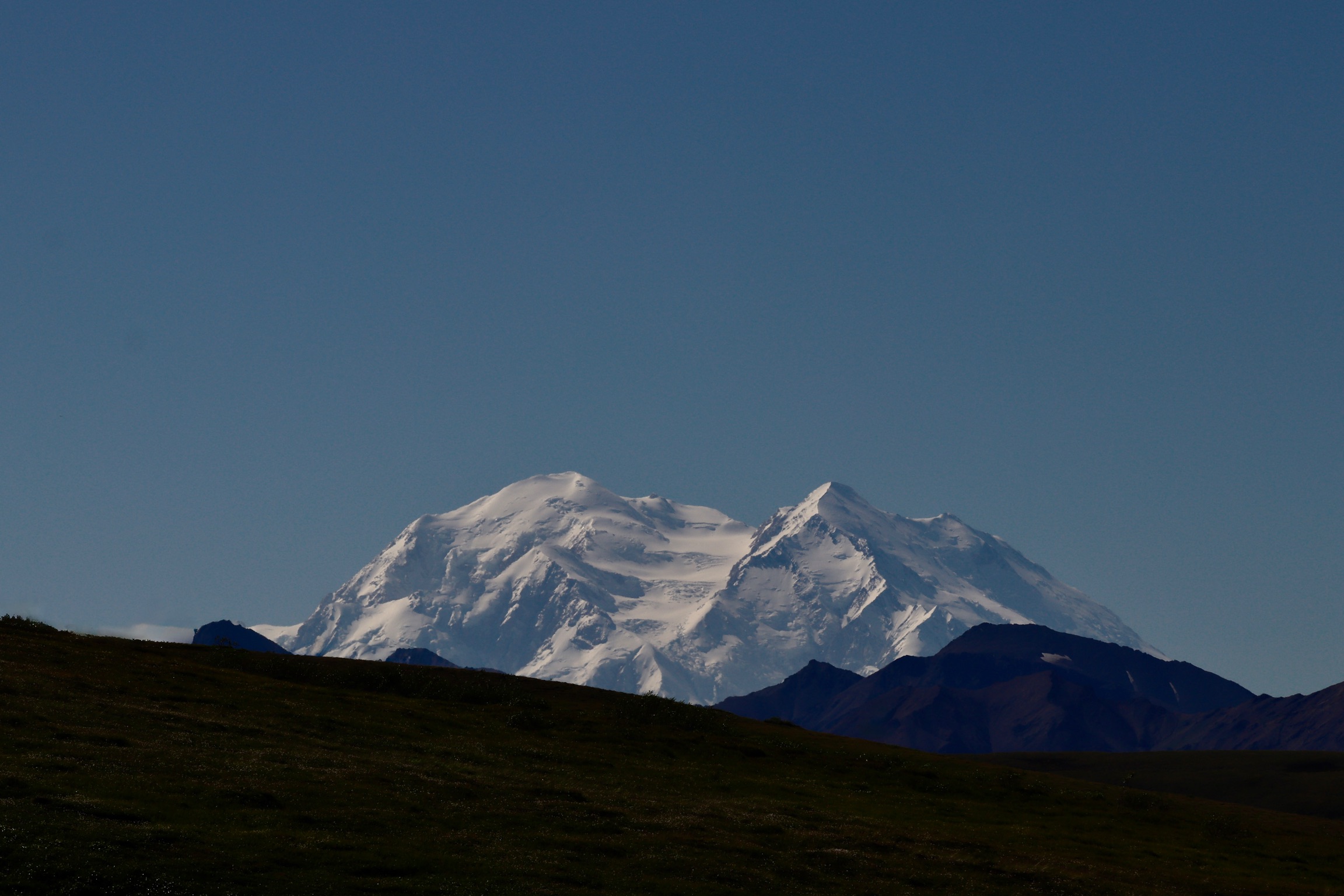

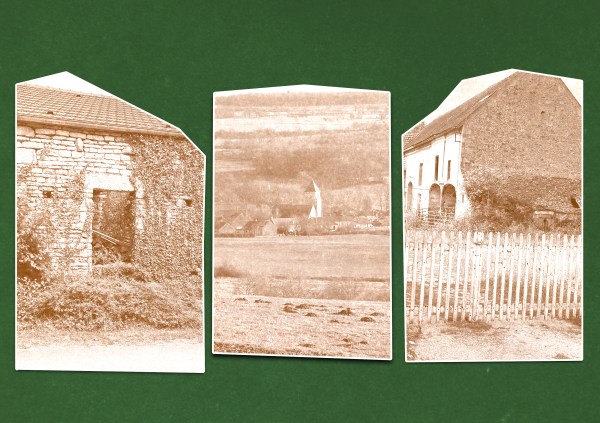
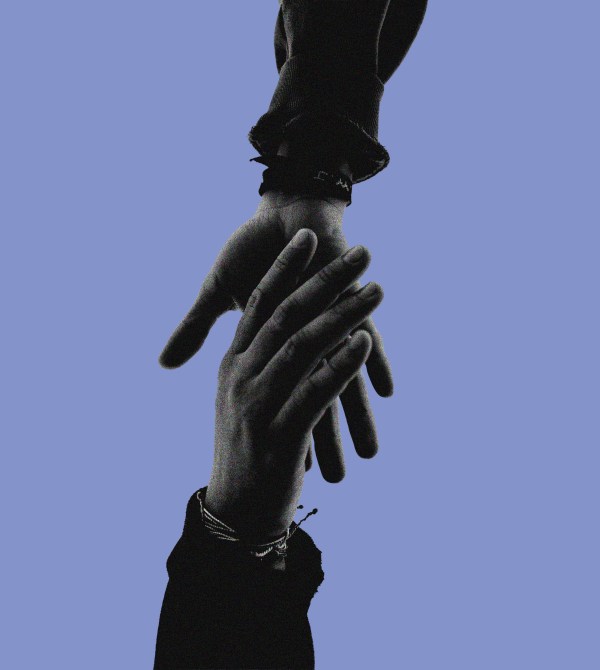
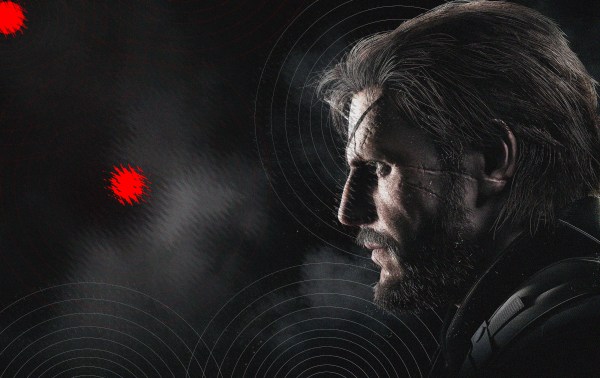

Please note that we at The Dispatch hold ourselves, our work, and our commenters to a higher standard than other places on the internet. We welcome comments that foster genuine debate or discussion—including comments critical of us or our work—but responses that include ad hominem attacks on fellow Dispatch members or are intended to stoke fear and anger may be moderated.
With your membership, you only have the ability to comment on The Morning Dispatch articles. Consider upgrading to join the conversation everywhere.